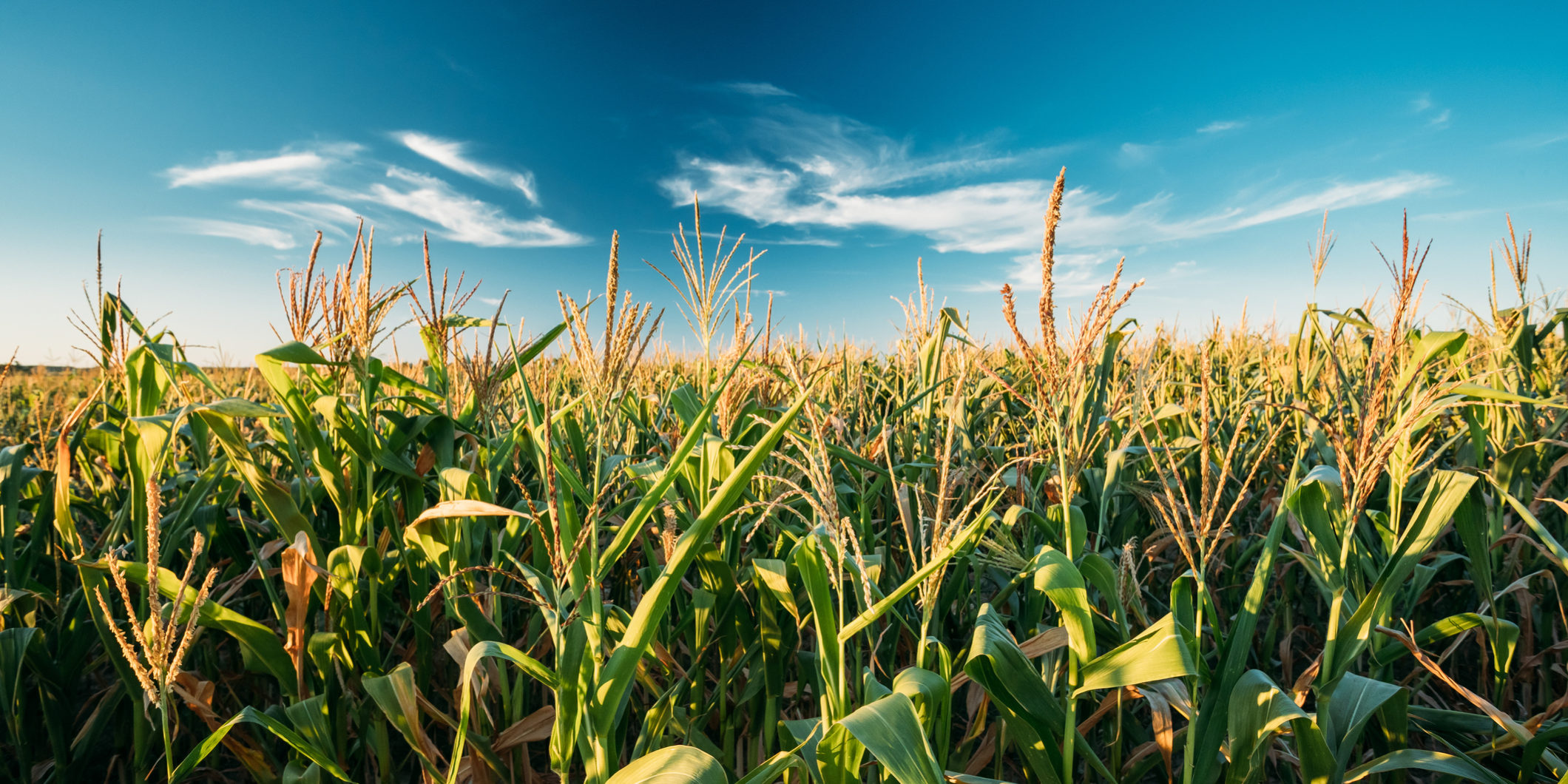When we think of farming, the food on our plates and clothes on our backs likely comes to mind. But what about the fuel in our cars?
Ethanol is a low-carbon, high-performance biofuel made from American-grown crops such as corn and sorghum. Emily Skor, CEO of Growth Energy, the nation’s largest ethanol trade association, joined us on Groundwork to talk more about how farmers help fuel America. Listen to the full episode here.
So, how does ethanol impact the gas you choose at the pump? When gas is labeled as E10, that means it is a blend of traditional gasoline with 10 percent ethanol, while E15 is a 15 percent ethanol blend. E15 is currently offered by 2,500 retailers across the country, giving consumers another tool to reduce carbon emissions and greenhouse gases.
Not to mention, when you choose an E15 fuel blend at the pump, it’s up to 10 cents cheaper than traditional fuel. Approximately 96 percent of cars on the road today are already compatible with E15. If all of these drivers moved to E15 fuels, American consumers could save $12.2 billion in annual fuel costs.
Emily calls that a “win-win” for consumers and the environment.
“This really is an incredibly important vehicle for us to clean up the emissions in today’s car. You can make a simple change that will change the environment and do something better for our emissions and our planet and you can do this with the car that you’re driving right now.”
Ethanol not only allows the U.S. to extend our traditional fuel supply, but it also burns cleaner. Corn ethanol reduces greenhouse gas emissions by 46 percent when compared to gasoline. The U.S. Department of Agriculture estimates that corn ethanol’s relative carbon benefits could be as high as 70 percent.
“If you look at the totality of scientific information… the overwhelming consensus is [ethanol is] less carbon intensive than gasoline and that advantage continues to grow,” Emily said.
That is why Congress has continued its bipartisan support of efforts to increase ethanol production in the United States. The Environmental Protection Agency (EPA) regulates the industry under the guidance of the Renewable Fuel Standard, also known as the RFS.
“The Renewable Fuel Standard is a law that essentially says, because we need rural economic development, because we want to have energy security, because we want to have affordable fuel, and we want to have low-carbon clean energy, we want to make sure that we blend more low-carbon renewable fuel into our liquid fuel transportation mix every year. It’s that simple,” Emily explained.
The EPA sets blending targets every year. However, in order to give consumers greater choice in biofuels, meet emissions goals, and support energy independence, it is critically important that the EPA follow the RFS as Congress intended, instead of issuing exemptions and waivers to the law.
“When it comes to energy independence and energy security, we want to have a domestic supply of energy,” Emily said. “We are a homegrown fuel that’s really a quite sustainable supply chain.”
Not to mention, the production of ethanol supports 400,000 jobs in rural communities across the country.
“Our heritage is agriculture – so, it’s not just a job, it’s part of how they support their community and their family and loved ones,” Emily said of the hardworking men and women producing ethanol.
Thank you to our farmers and ethanol producers for working together to move our nation forward.

